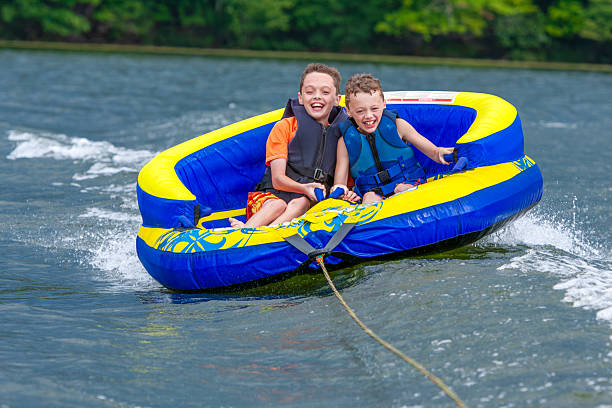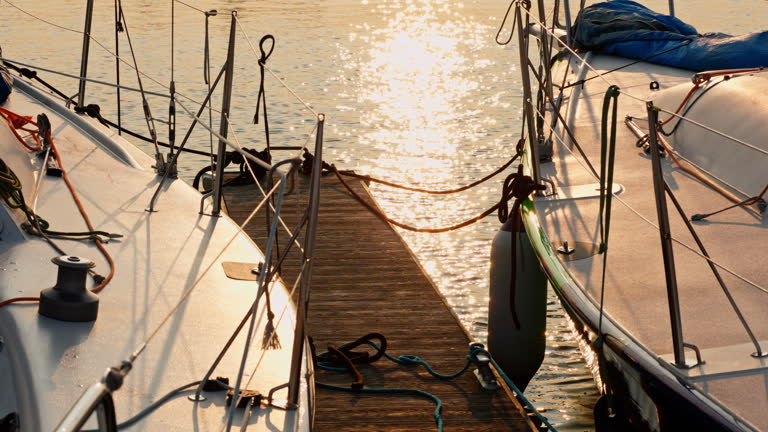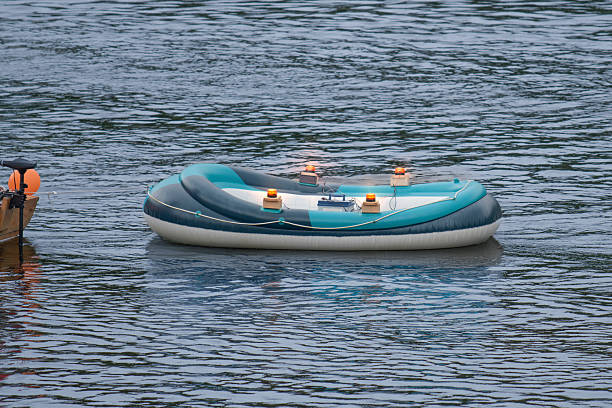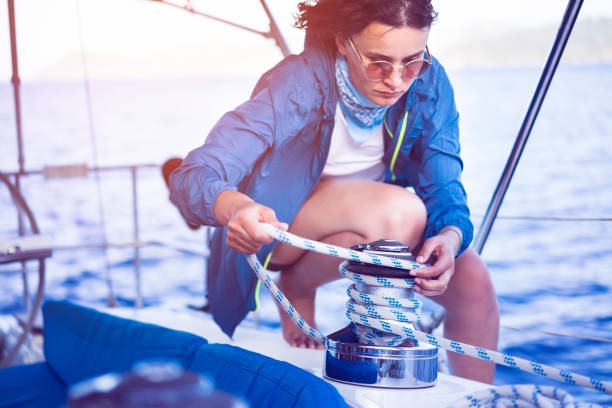Dinghy ropes are essential equipment for every sailor and water sports enthusiast. Choosing the right dinghy rope is crucial to ensuring smooth, safe sailing and enhancing the overall experience. Whether you're engaging in daily sailing or participating in competitive water sports, understanding how to select the appropriate rope can significantly improve your boat's maneuverability and reliability. Below are some key points to consider when selecting the right dinghy rope.
The first step is to define the purpose of the rope. Dinghy ropes and dinghy tow ropes differ in design and function. Dinghy ropes are mainly used for controlling the sail, adjusting the direction of the boat, and securing other equipment, while dinghy tow ropes are used for towing a dinghy or connecting it to other boats. Although both are essential for water activities, they differ in terms of strength, durability, and flexibility.

Dinghy Rope: Primarily used for sailing control, sail adjustment, etc., requiring higher durability and strength.
Dinghy Tow Rope: Mainly used for towing, towing boats, or connecting to other vessels, requiring higher load capacity and tensile strength.
When selecting a dinghy rope, material choice is a crucial factor. UV exposure, moisture, and friction in the water environment will affect the rope's lifespan. To ensure long-term use, it's recommended to choose materials with high water resistance and UV protection.

Polyester: A common material for dinghy ropes, known for its strong UV resistance, abrasion resistance, and stability in wet environments.
Nylon: Offers excellent elasticity and strength, suitable for situations requiring higher toughness and stretching, though it may deteriorate under prolonged sun exposure.
Polyethylene: Used for lightweight and corrosion-resistant dinghy tow ropes, it has good buoyancy, making it ideal for various water activities.
When selecting a dinghy rope, pay close attention to the rope's tensile strength and working load.
Tensile Strength: This is the maximum force the dinghy rope can withstand during stretching and determines its breaking limit. Generally, the tensile strength of a dinghy rope should be selected based on the boat's weight and expected load.
Working Load: Refers to the safe load the rope can handle during regular use. Ensure the working load of the rope meets the operational needs while leaving a suitable safety margin.

Selecting the appropriate tensile strength and working load can effectively prevent rope breakage or damage during use, ensuring safety while sailing.
Flexibility and ease of handling are also important considerations when selecting a dinghy rope. The rope should have moderate flexibility for easy adjustment and knotting during use, while avoiding being too stiff to make handling difficult. Softer ropes are easier to knot and can adapt to various use cases, especially in sailing control systems that require frequent adjustments.

Different uses require different lengths and diameters of dinghy ropes. For example, ropes used for securing or controlling sails typically need to be longer, while tow ropes require a thicker diameter to support higher towing forces. When selecting, consider the boat's size and the required function to determine the appropriate length and diameter. Common dinghy rope diameters range from 6mm to 12mm, while dinghy tow ropes are typically thicker to provide greater towing capacity.

Choosing the right dinghy rope is a key step in ensuring the smooth running of water activities. By selecting the right dinghy rope or dinghy tow rope based on its intended use and considering material, tensile strength, working load, flexibility, and the appropriate length and diameter, you can ensure a safer and smoother sailing experience. Whether for sailing control or towing tasks, choosing high-quality dinghy ropes will safeguard your water adventures.